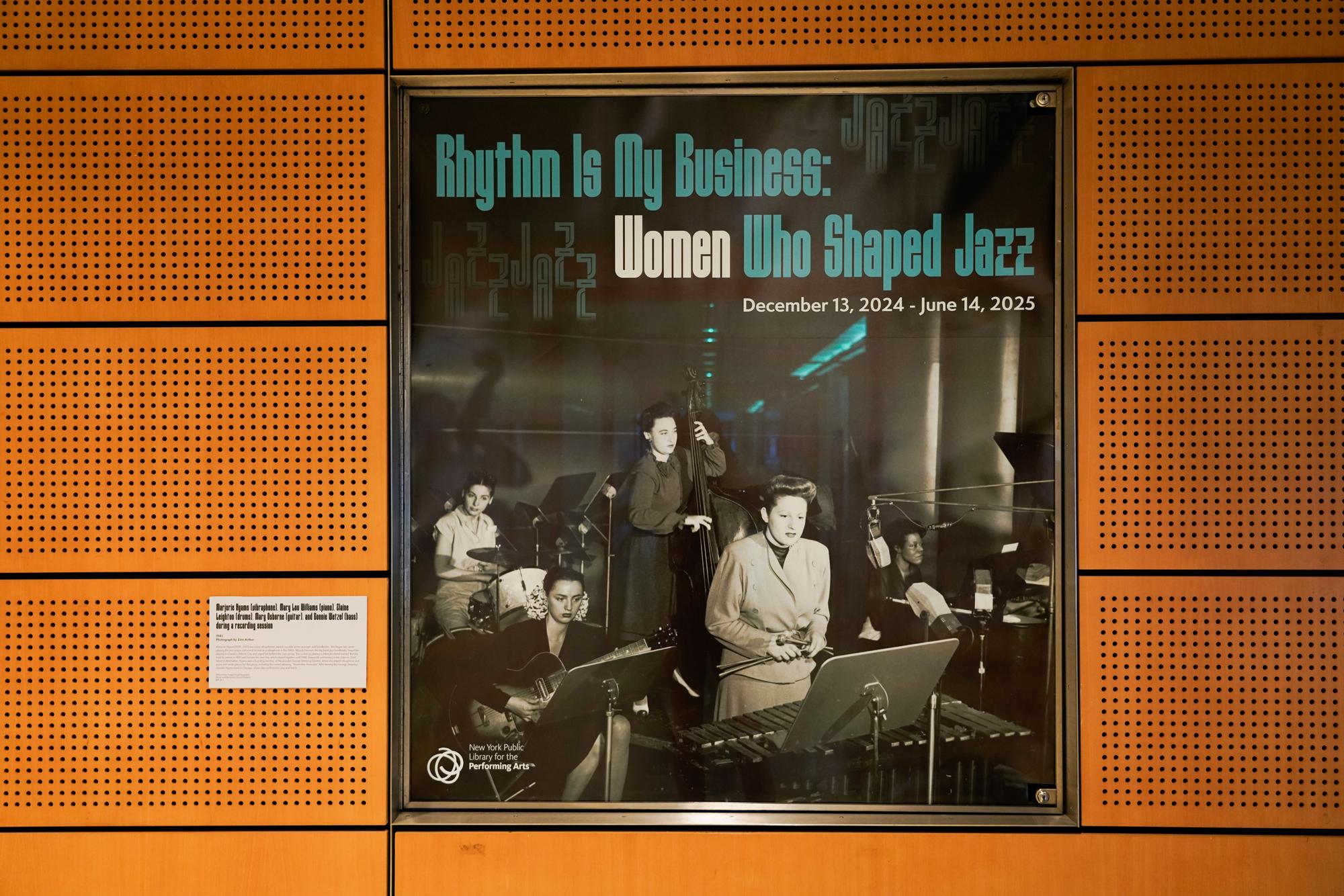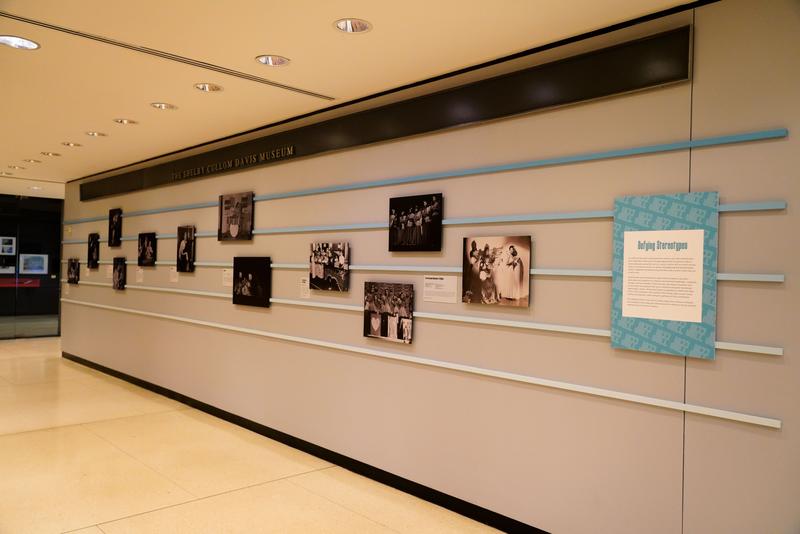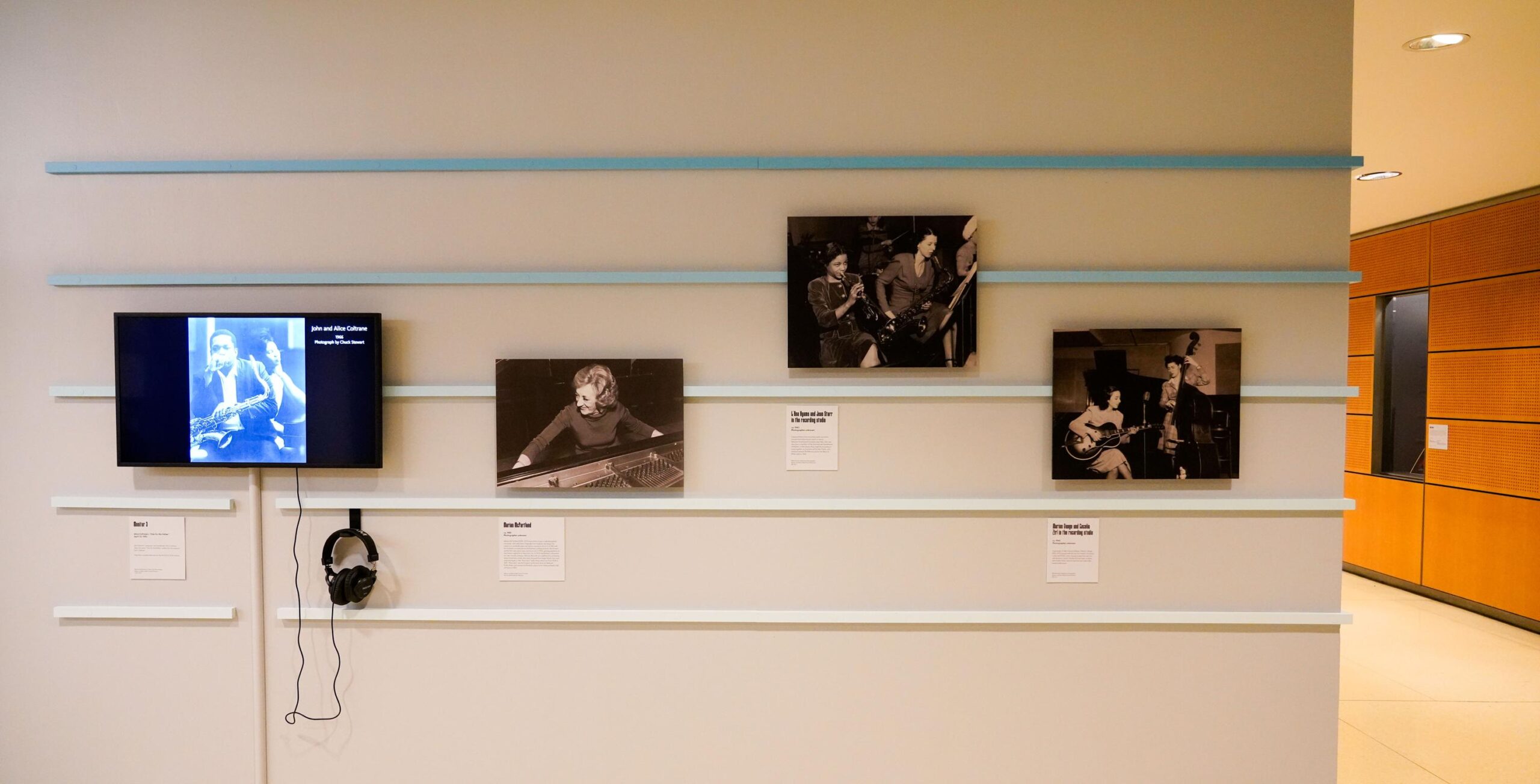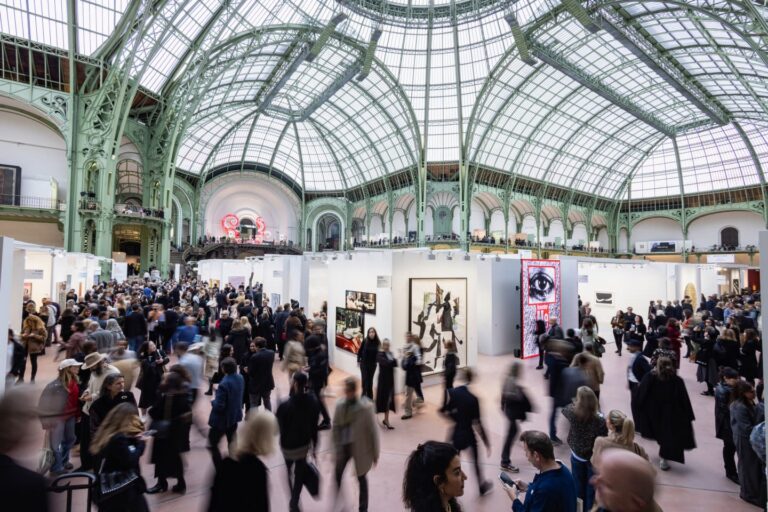Shopping for eyewear used to mean multiple trips to the optometrist, limited frame selections, and prices that made your wallet wince. But the landscape has changed dramatically. Now, an eyewear online store can offer everything you need—from trendy frames to progressive lenses glasses—all from the comfort of your home.
Whether you’re looking for your first pair of readers or upgrading to multifocal lenses, online eyewear shopping has transformed how we approach vision correction. Let’s explore how these digital storefronts are making quality eyewear more accessible than ever.
The Digital Eyewear Revolution
The shift to online shopping has touched nearly every industry, and eyewear is no exception. More people are discovering that buying glasses online offers surprising advantages over traditional brick-and-mortar stores.
Convenience tops the list of benefits. No more scheduling appointments around work or waiting in crowded shops. Browse hundreds of frames at 2 a.m. in your pajamas if that’s when inspiration strikes.
Variety expands exponentially online. Physical stores are limited by shelf space, but an eyewear online store can showcase thousands of styles, colors, and brands. Looking for vintage cat-eyes or modern minimalist frames? They’re all just a few clicks away.
Competitive pricing makes quality accessible. Without the overhead costs of physical locations, online retailers often offer the same quality frames and lenses at significantly lower prices. Many also run regular promotions and bundle deals that provide even more value.
Your One-Stop Vision Shop
The best online eyewear platforms function as comprehensive vision care hubs. Instead of visiting separate stores for glasses, sunglasses, and contact lenses, you can find everything in one place.
These all-in-one stores typically offer:
- Prescription glasses in countless frame styles
- Sunglasses with prescription or non-prescription lenses
- Contact lenses for daily, weekly, or monthly wear
- Specialty eyewear for sports, computer use, or blue light protection
- Progressive lenses glasses for seamless multifocal vision correction
Virtual try-on technology has become a game-changer. Upload a photo or use your device’s camera to see how different frames look on your face. Some platforms use augmented reality to show accurate sizing and fit, helping you make confident decisions without touching a single frame.
Technology Meets Vision Care
Modern eyewear online stores leverage sophisticated technology to replicate—and often improve upon—the in-store experience.
Virtual try-on tools use facial mapping to show realistic previews of frames on your face. Adjust the view from multiple angles, compare different styles side-by-side, and even get recommendations based on your face shape. This technology has evolved to the point where you can accurately judge how frames will look before making a purchase.
Lens customization happens through intuitive online forms. Select your lens type (single vision, bifocal, or progressive), add coatings for scratch resistance or blue light filtering, and choose tinting options for sunglasses. The process breaks down complex options into simple choices, often with helpful explanations for each feature.
For those considering progressive lenses glasses, many online stores provide detailed guides explaining how these no-line multifocals work and who benefits most from them. The ability to customize these lenses for reading, computer work, and distance vision means getting eyewear tailored to your specific lifestyle.
Getting the Details Right
Accurate measurements ensure your new glasses fit perfectly and your vision stays clear. Here’s what you need to know:
Your prescription includes several key numbers. Sphere (SPH) indicates nearsightedness or farsightedness, cylinder (CYL) measures astigmatism, and axis shows the angle of astigmatism correction. For progressive lenses glasses, you’ll also see an “ADD” value for reading magnification. Most online stores accept prescriptions via upload or manual entry, and customer service teams can help verify the information.
Pupillary distance (PD) measures the space between your pupils. This measurement ensures your lenses align correctly with your eyes. While your eye doctor can provide this number, you can also measure it at home using a ruler and mirror, or download apps designed for this purpose. Many eyewear online stores offer video tutorials to guide you through the process.
Frame measurements appear in millimeters on most glasses and help determine fit. These include lens width, bridge width, and temple length. Online stores typically display these dimensions for each frame and offer size guides to help you find your ideal fit.
Customer support teams at reputable online retailers can walk you through any confusing aspects of entering your prescription or taking measurements. Don’t hesitate to reach out—getting these details right matters for both comfort and vision quality.
Style Meets Function
One of the joys of shopping at an eyewear online store is discovering the sheer variety available. You’re no longer limited to what’s trending at your local shop or what fits in their limited display space.
For everyday wear, choose from classic styles like wayfarers and aviators, or explore contemporary designs with unique shapes and materials. Lightweight titanium frames offer durability, while acetate provides bold color options.
For specific needs, specialized eyewear makes a difference. Blue light blocking glasses help reduce eye strain from screens. Sports glasses stay secure during activity. Reading glasses come in strengths from +1.00 to +4.00 for various close-up tasks.
For aging eyes, progressive lenses glasses eliminate the need to switch between multiple pairs. These sophisticated lenses provide smooth transitions from distance to reading vision, and modern designs have minimized the adaptation period most people experience.
See Clearly, Shop Confidently
The evolution of eyewear shopping has made quality vision correction more accessible and affordable. An eyewear online store brings professional-grade products to your fingertips, supported by technology that helps you make informed choices.
From virtual try-ons to customized progressive lenses glasses, these platforms combine convenience with quality. The ability to compare styles, read reviews, and take your time deciding—all without sales pressure—creates a shopping experience tailored to your needs.
Ready to explore your options? Your perfect pair of glasses is waiting online, along with tools and support to help you find them. Clear vision and stylish frames are just a few clicks away.













